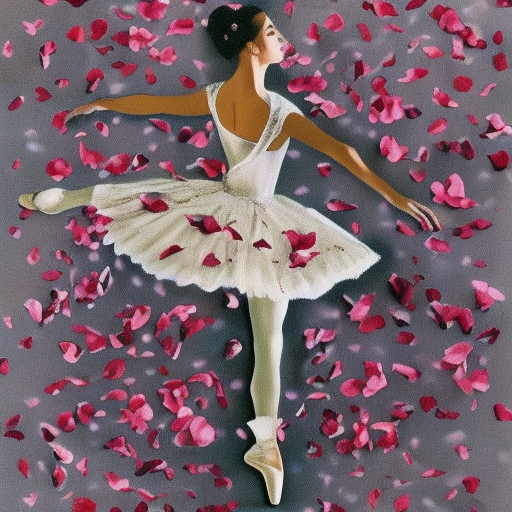Ballet: A Graceful Art Form
Ballet is a highly technical and expressive form of dance that originated in the Italian Renaissance courts during the 15th century. It has since evolved into a complex and disciplined art form that combines precise movements, graceful gestures, and storytelling. Ballet is characterized by its emphasis on elegance, precision, and control, and it requires years of training and practice to master.
History of Ballet
Ballet’s origins can be traced back to the Italian Renaissance, where it emerged as a form of entertainment in the royal courts. It was later developed and popularized in France during the reign of Louis XIV, who was an avid dancer himself. The French influence on ballet is still evident today, as many of the terms and techniques used in ballet are in French.
During the 19th century, ballet underwent significant changes and innovations. Choreographers such as Marius Petipa and composers like Pyotr Ilyich Tchaikovsky revolutionized the art form, creating iconic ballets such as “Swan Lake,” “The Nutcracker,” and “Sleeping Beauty.” These ballets showcased elaborate sets, intricate costumes, and virtuosic dancing, and they continue to be performed and cherished worldwide.
Technique and Training
Ballet technique is based on a series of codified movements and positions that require strength, flexibility, and control. Dancers must have a strong core, well-developed muscles, and a deep understanding of alignment and posture. They train extensively in ballet studios, often starting at a young age, to perfect their technique and develop their artistry.
Ballet training typically consists of daily classes that focus on barre exercises, center work, and allegro (jumping) combinations. Barre exercises help dancers warm up and strengthen their muscles, while center work allows them to practice turns, jumps, and complex movements. Ballet dancers also engage in stretching and conditioning exercises to improve their flexibility and prevent injuries.
Ballet Repertoire
The ballet repertoire consists of a wide range of classical and contemporary works. Classical ballets, such as “Swan Lake,” “Giselle,” and “The Sleeping Beauty,” are often performed by ballet companies around the world. These ballets tell stories through a combination of dance, music, and elaborate costumes and sets.
Contemporary ballet, on the other hand, pushes the boundaries of traditional ballet technique and explores new movement possibilities. Choreographers like George Balanchine and William Forsythe have made significant contributions to the contemporary ballet repertoire, creating works that blend classical ballet with modern dance styles.
Ballet Performances
Ballet performances are typically held in theaters or opera houses, where dancers showcase their skills and artistry to a live audience. The performances are often accompanied by live music, performed by an orchestra or pianist. The stage is set with elaborate sets and backdrops, and dancers wear intricate costumes that enhance the storytelling and visual appeal of the performance.
Ballet companies, such as the Bolshoi Ballet, the Royal Ballet, and the New York City Ballet, are renowned for their exceptional dancers and high-quality productions. These companies tour internationally, bringing the beauty and artistry of ballet to audiences around the world.
The Impact of Ballet
Ballet has had a profound impact on the world of art and culture. Its influence can be seen in other dance forms, such as contemporary dance and jazz, which often incorporate ballet techniques and movements. Ballet has also inspired numerous works of literature, music, and visual art, as artists are captivated by its grace, beauty, and emotional depth.
Furthermore, ballet has become a symbol of discipline, dedication, and perseverance. Dancers undergo rigorous training and face physical and mental challenges to achieve technical excellence and artistic expression. The art form teaches valuable life skills, such as teamwork, resilience, and self-discipline, which extend beyond the dance studio.
In conclusion, ballet is a highly refined and expressive art form that combines precise movements, storytelling, and visual elements. Its rich history, technical demands, and emotional depth have made it a beloved and enduring art form. Ballet continues to captivate audiences worldwide with its grace, beauty, and ability to convey complex emotions through movement.












